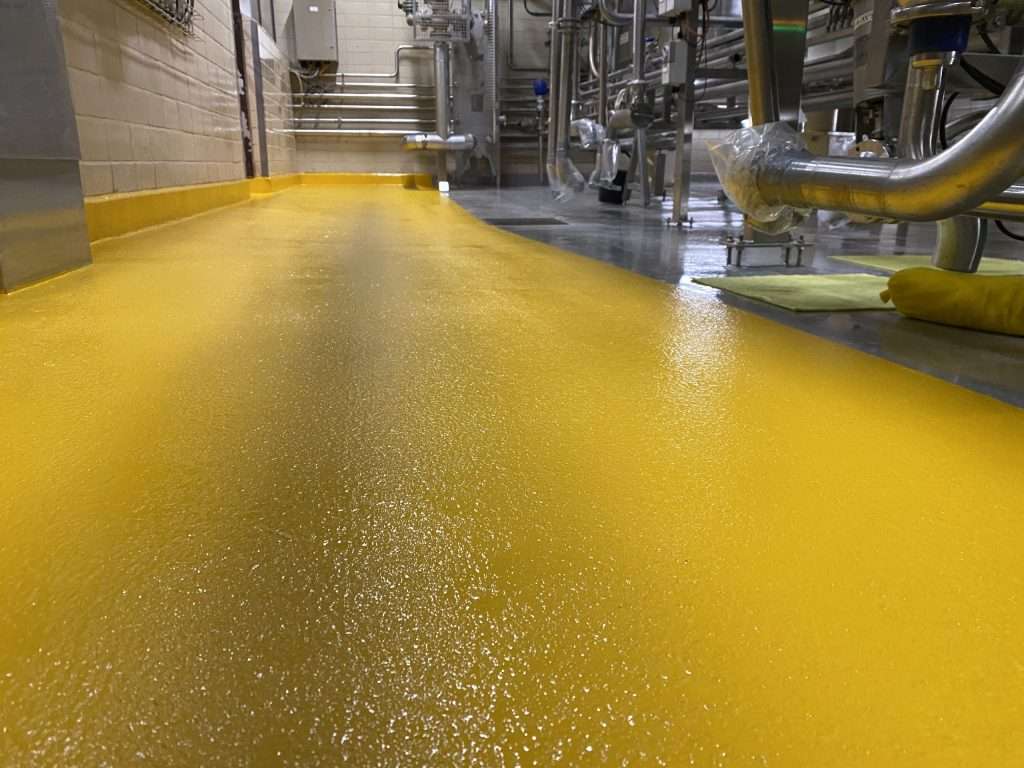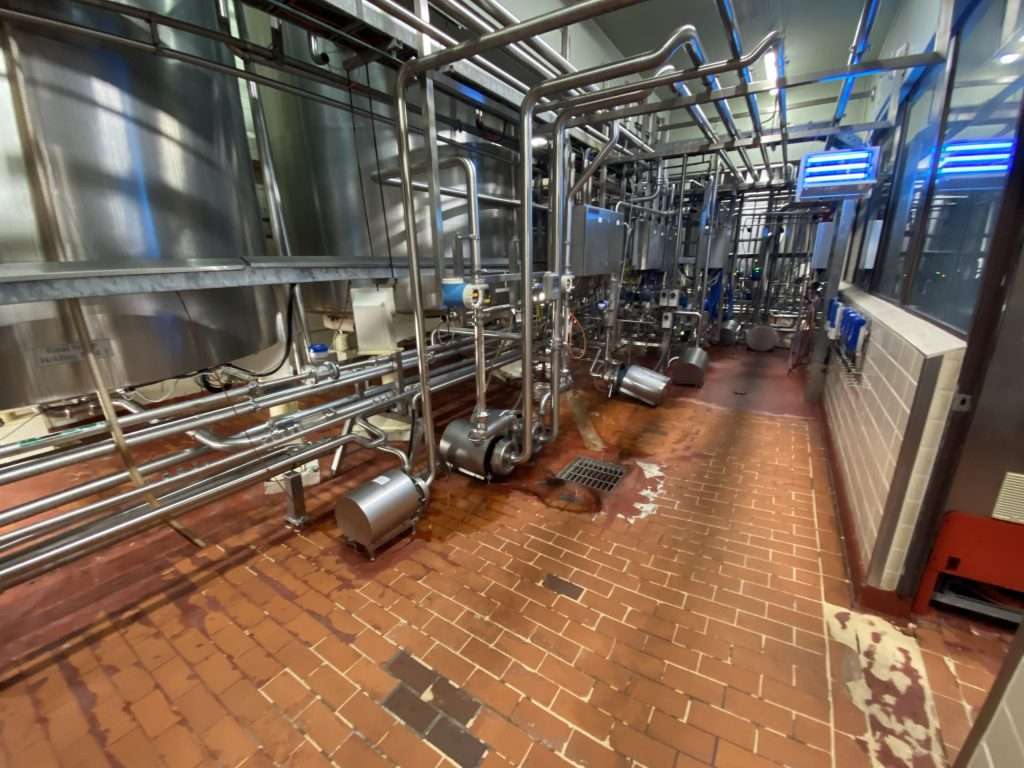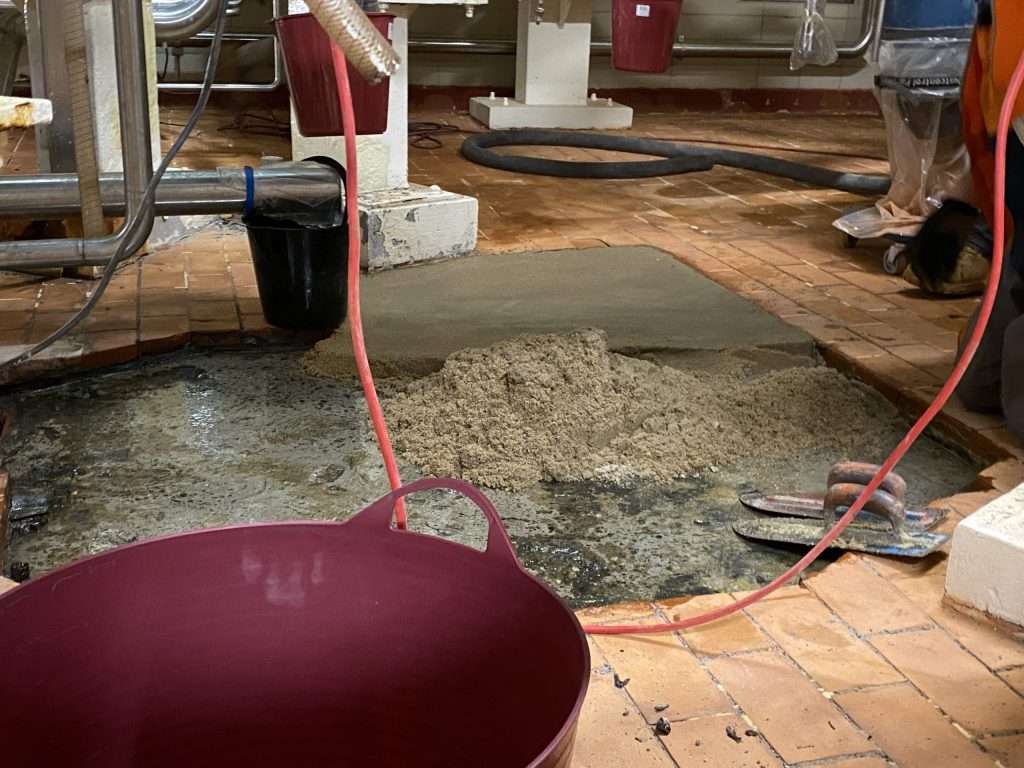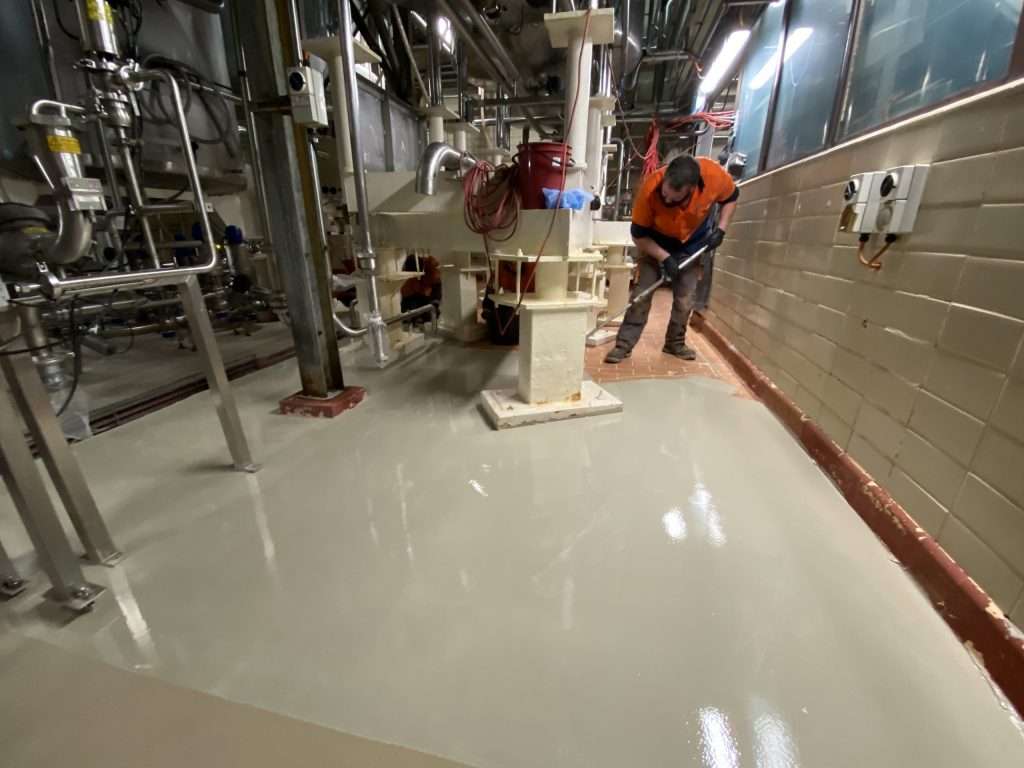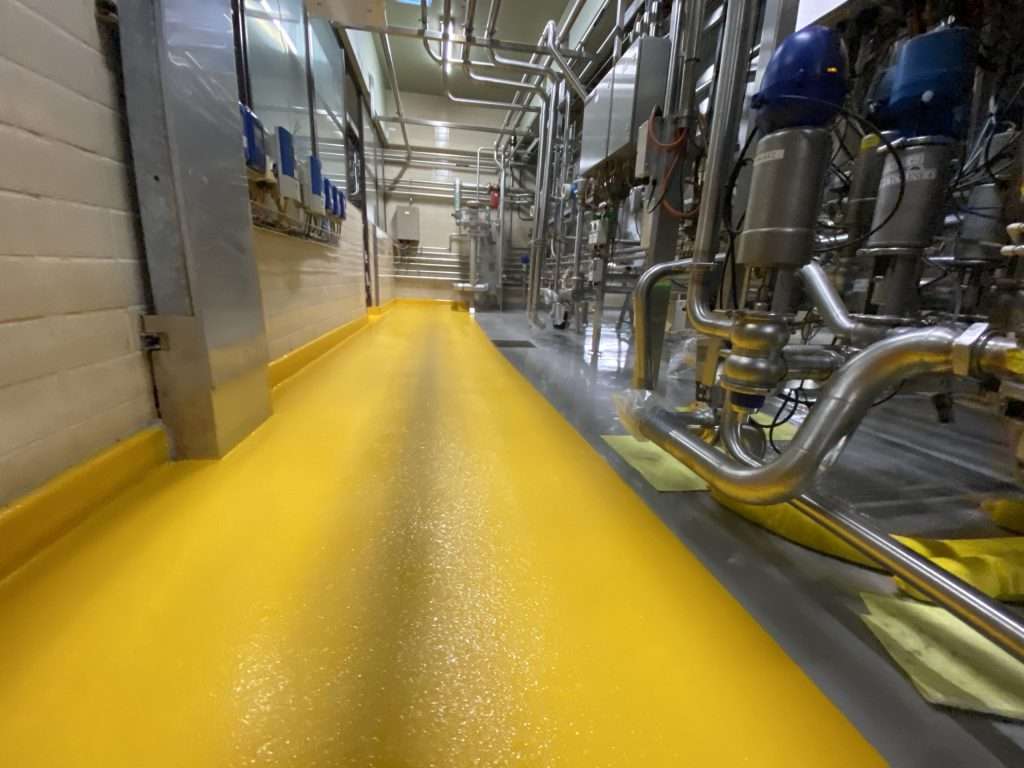- Rotting residue underneath tiles and poor drainage can cause liquid to penetrate and cause tiles to lift
- Home
- Industries
Food
Beverage
Water & Waste
Industrial
- Coatings & Finishes
Concrete Protection
Mechanical Flooring
Multi Purpose Finishes
Liquid Membranes
Corrosion Prevention
- Remedial Work
- Case Studies
- Contact

